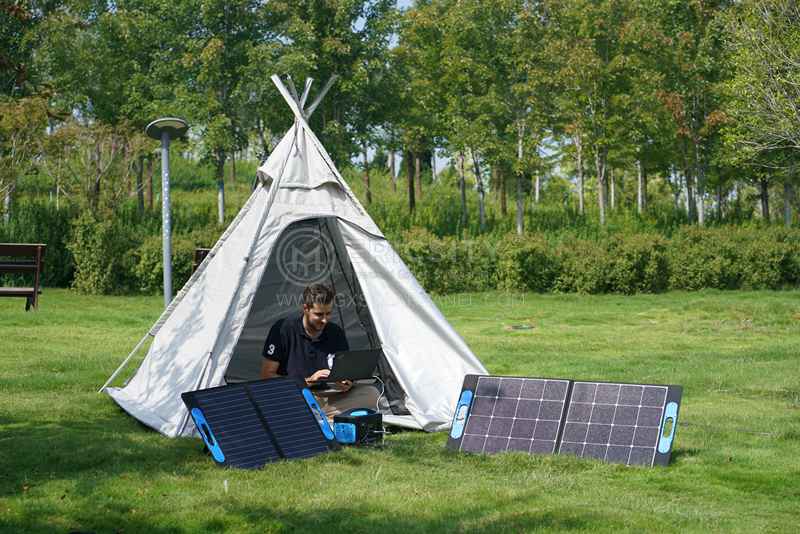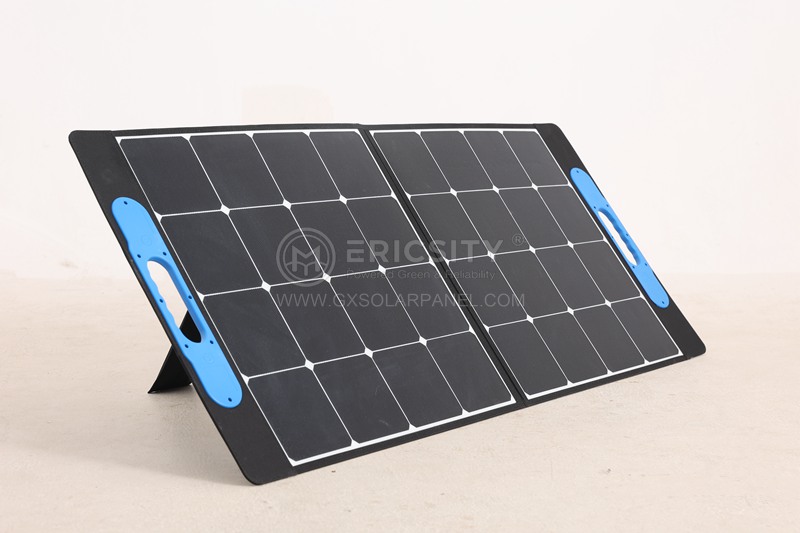HOT PRODUCT
Product Details
Solar Power Above Your Head: Practical Benefits And Costs
Solar Power Above Your Head: Practical Benefits and Costs
In recent years, solar power has emerged as a popular and practical source of renewable energy. While most people associate solar power with solar panels installed on rooftops or open fields, a fascinating concept has gained traction – solar power above our heads. This innovative approach involves harnessing solar energy using solar panels suspended in the air. In this article, we will explore the practical benefits and costs associated with this technology.
One of the primary advantages of using solar power above our heads is the efficient utilization of space. Traditional solar panel installations require considerable land or roof surface area, limiting their deployment in densely populated areas. By placing solar panels above ground, we can tap into vast amounts of empty airspace, such as parking lots or over highways, that would otherwise go unused.
Moreover, elevated solar panels minimize shading issues. When solar panels are situated on the ground or rooftops, nearby trees, buildings, or other obstructions can cast shadows, reducing their overall output. By raising the panels, the potential for shadows is significantly decreased, thereby maximizing the amount of sunlight captured.
Another notable benefit is the increased accessibility to sunlight. Traditional solar panels must be tilted at specific angles to optimize energy production, a practice that is not always feasible due to practical or aesthetic reasons. However, solar panels suspended above the ground are free from such constraints, allowing them to capture sunlight from various angles throughout the day. This flexibility leads to higher energy generation and improved efficiency.

Additionally, floating solar arrays, which are solar panels deployed on bodies of water, fall under the “solar power above your head” category. These systems offer unique advantages, such as reducing water evaporation and maximizing land usage by utilizing underutilized reservoirs, ponds, or lakes. Floating solar not only generates electricity but also helps conserve water resources.



Despite these practical benefits, the cost of implementing solar power above our heads is a significant factor to consider. The initial investment associated with this technology can be higher than that of conventional ground-mounted or rooftop installations. The structural requirements for installing and maintaining solar arrays in the air involve additional engineering and support infrastructure, which can increase the project expenses.
Moreover, operating and maintenance costs for solar panels suspended in the air tend to be higher than their ground-based counterparts. Given the inherent difficulty in accessing and maintaining elevated panels, regular maintenance and repairs can be more complex and time-consuming. This could result in additional expenses and logistical challenges, particularly in remote or rugged areas.
However, it is essential to note that as technology advances and economies of scale come into play, the costs associated with solar power above our heads are expected to decrease. Innovations in materials, designs, and installation techniques could contribute to lowering both upfront and ongoing expenses, making this technology more feasible and cost-effective in the long run.
In conclusion, solar power above our heads presents practical benefits and costs worth considering. By utilizing otherwise unused airspace, minimizing shading issues, and increasing accessibility to sunlight, this innovative approach can enhance the efficiency and output of solar energy systems. However, the initial investment and higher operating costs pose financial challenges. As the technology continues to evolve, it is promising that the costs will decrease, making solar power above our heads a more economically viable option for harnessing clean and sustainable energy.




